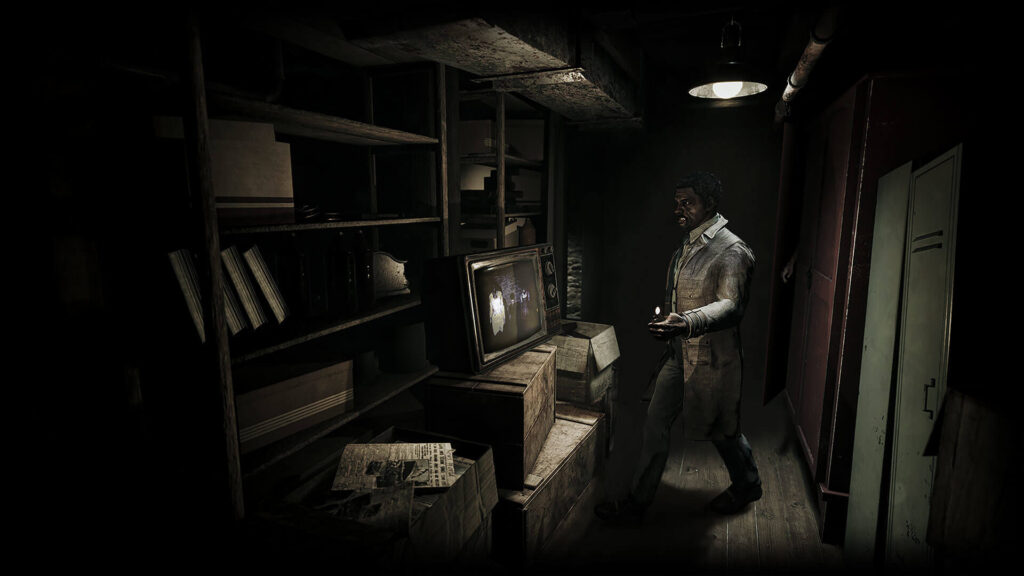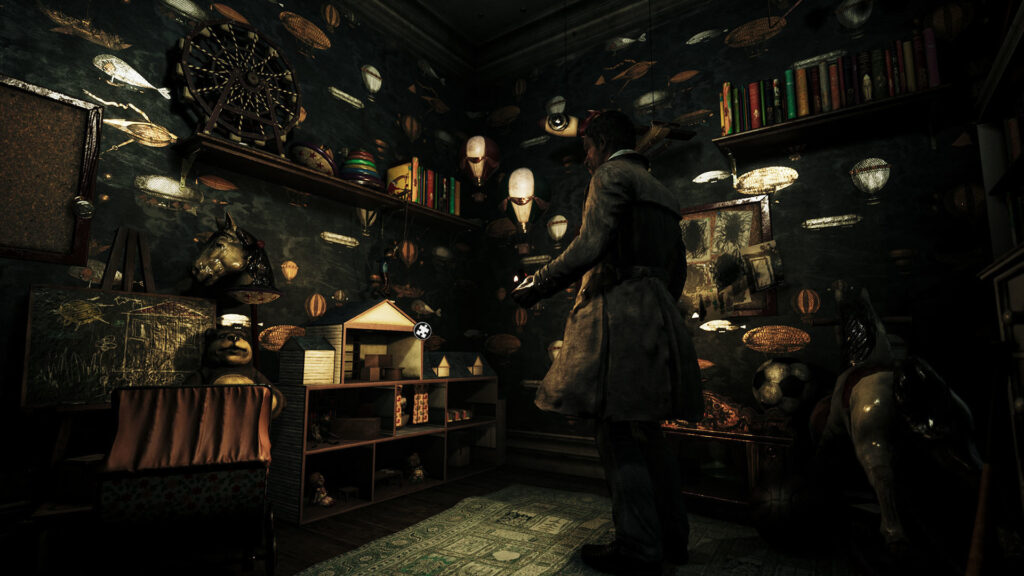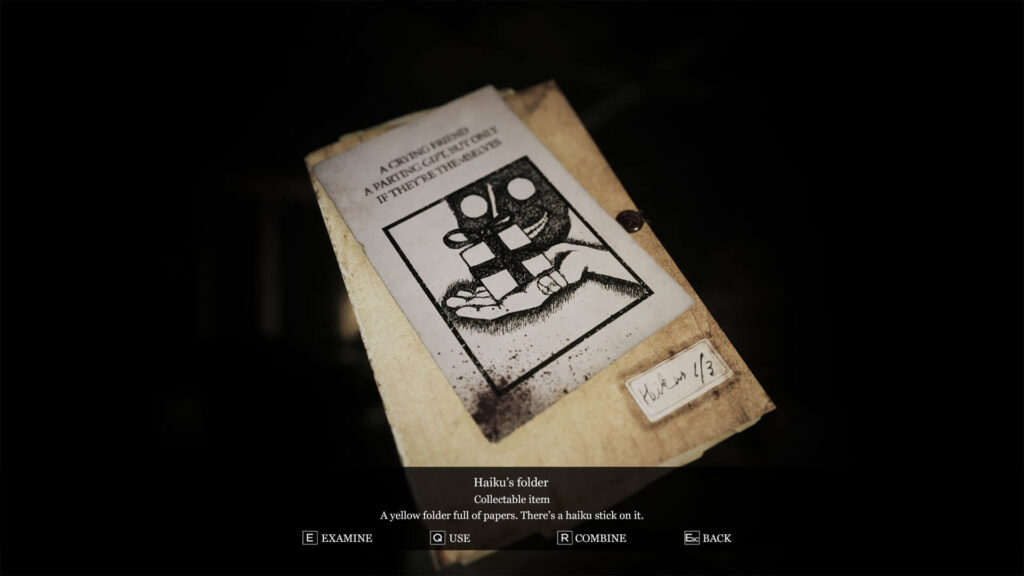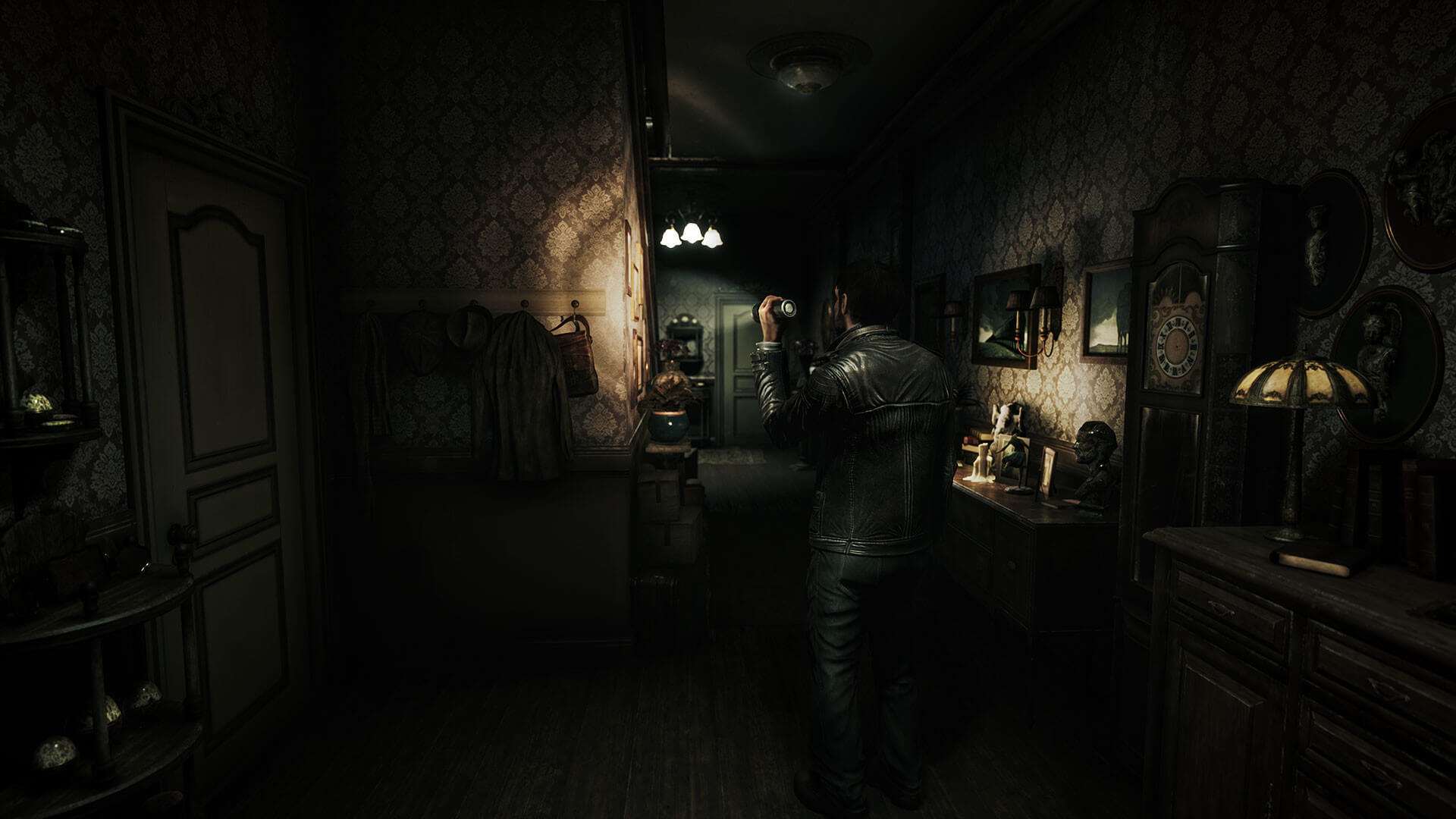Song of Horror was reviewed on a PS4
You put your ear to the door; you hear a low growling voice calling for you. Slowly grabbing the doorknob and twisting it, you open the door as a whole legion of arms grab you and pull you into a sudden death. This is just one of the many ways that your character can die in Song of Horror.
Who doesn’t love the Silent Hill games? They’re great games, but if there’s one flaw that those games have, it’s their clunky combat. What if I told you there is a game that has all of the elements that make the Silent Hill games amazing, but without the annoying and clunky combat? Well there is; it’s called Song of Horror and it’s one of the best horror games I ever played.
What is Song of Horror?
Song of Horror is a horror game with a heavy focus on exploration and puzzle solving, all while avoiding the constant threat of the game’s booby-trapped doors and the random deadly interactions. Not to mention the game’s dark entity called The Presence, that haunts your every step by running black liquid down walls and hiding a thousand arms behind a few closed doors. And at times, it manifests as a blind disfigured creature during which you’ll have to hold your breath for a few seconds using a frustrating minigame before it disappears again. The Presence isn’t the game’s strongest suit, but it does a serviceable job of keeping you on your toes.

The game starts by telling the story of Daniel Noyer, an ex-alcoholic publisher who’s finally getting his life back on track. One day, he gets a call from his boss asking him to go check up on one of their authors, a man named Sebastian P. Husher who hasn’t been returning their calls. The prologue takes place in Husher’s house, where you play as and get a little taste of what’s to come.
He stumbles upon a wooden door that feels out of place in a suburban house like Husher’s, so he does exactly what any reasonable person wouldn’t do, and opens the door. Daniel is trapped in this mysterious room, and your objective in the first episode is to try to find him.
Death at every corner
Song of Horror’s main storyline is set across five different chapters, with each of them having a different location to explore, and a different set of characters to choose. That’s where permadeath comes into play. Each of the characters are at the risk of dying at any given moment. Open the wrong door or go into the wrong room, and the game’s “The Presence” will kill you. If all of your characters die, you’ll have to replay the episode with one of the other ones.
Each of these characters have a set of four different stats: Strength, Speed, Serenity and Stealth. A higher strength stat lets you close doors more quickly, increasing your chances of survival. The serenity attribute can help keep your character calm by increasing your character’s tolerance to the scary events happening around them, and stealth reduces The Presence’s presence. Though using a balanced character often yields the best results and the highest to chance to survive the whole chapter.
What’s great about the permadeath system is that any locked doors that you previously unlocked will still be unlocked with any other character. That means you’ll get to pick up right where you left off each time your character dies. Each of the playable characters have a well-defined backstory and they often give a different perspective when examining the same items. A mechanic or a writer will have different opinions regarding a painting than an art curator, which makes the simple act of examining items worthwhile. Each of the characters also carries a special item with them, which can be used to calm their nerves or help them in detecting The Presence.

The game uses almost every horror movie trope, and the narrative suffers a bit from it. Characters who refuse to call for help even when weird things start happening, dead ravens crashing through windows, flickering lights, dark basements, whimpering children and broken mirrors. These tropes provide some of the game’s countless jump scares, and jump scares aren’t that scary, no matter how well done they are. Although that doesn’t diminish the game’s efforts in creating an overwhelmingly claustrophobic atmosphere.
All of The locations feel real and lived in
Each area is shrouded in darkness, both literally and figuratively. You can sense that there is an evil in the game’s different locations, thanks to how dense and well-designed they are. Every single room feels lived in. A great example of this is exploring one of the playable characters’ apartment in chapter 2.
Her kitchen’s counter is full of dirty plates and a half eaten pizza, her room is messy and full of her clothes and books lying around, and examining each of these items will let you learn more about her. She’ll tell you who ate the pizza, what book she’s reading at the moment and the names of her pets. Interact with her items using a different playable character though, and they’ll comment on how messy she is, how it’s weird to have a pet spider and on her taste in clothing.

The puzzles are no walk in the park
Despite the puzzles being extremely difficult to solve, they’re also unique in their design. I’m not ashamed to say that I had to resort to a walkthrough quite a few times to progress. There is some stellar puzzles to solve, and you’ll definitely need to grab your nearest notepad and jot down any details and notes in order to solve them. Most of them were very satisfying and rewarding to figure out.
One of my favorites was trying to figure out on which bookshelf an access keycard were hidden using a note left by one of the professors. You’ll have to figure out the size of his hat, his full name and the subject he teaches, all by carefully observing and interacting with the environment.
However, this might be the con of the game for some people. If you’re the type of person that easily misses details or don’t pay much attention to your surroundings, then you won’t have a great time with Song of Horror as you’ll struggle quite a bit with its puzzles.

Minigames Galore
Let’s talk about Song of Horror’s weaknesses. It lacks any clunky combat or spongy enemies, but unfortunately, it replaces them with a bunch of mundane minigames that offer nothing of value to the game. They’re not that frequent, but there’s more than enough for them to be considered a source of annoyance. The only way to ward off the dark entity is to use one of the hiding places scattered around the map. Hiding underneath a table or inside of a closet will trigger one of the game’s three minigames.
At other times, The Presence will start seeping into the world and you’ll see it paint the walls black as you hurry and try to close the door it’s trying to breach. Black ghostly arms will literally try to push open the door as you use your strength to close it by playing a button mashing minigame. Even though they added a certain level of interactivity with the presence, they weren’t fun to do or watch, as it’s accompanied by the same repetitive animation each time you have to play them.

Another mechanic that gets old quickly is listening through doors before opening them. You’ll have to press a button to put your ear through the door and listen, if you hear anything but silence, then that means the presence is behind the door, and opening it will result in an insta-death. Another way to kill off your character is to interact with an object that’s meant to kill them. At times, the game will ask you if you’re sure that you want to take a certain action, for example, lifting the sheets off an art exhibit.
These actions can be deadly at times. Taking a few of these actions at times is required to progress in the game, so it’s usually a risk that you’re forced to take. This cheapens them a bit, as during your first playthrough, it’s impossible to know what action will kill you and what action will let you progress.
Overall,
I may have lied a bit at the beginning of the review; this isn’t exactly one of the best horror games I’ve ever played, since the horror isn’t that effective, but it’s an amazing game nonetheless. What it does succeed at is its atmosphere, its clever puzzles, its well-designed locations and the permadeath system.
Song of Horror delivers a frightening good time with a ton of replay value to an already more than lengthy main campaign. The permadeath system is clever and satisfying, even though it’s far from perfect. The game’s locations are all varied, full of details and rewarding to explore. The puzzles are also a treat as they don’t hold your hand and leave you to figure things out on your own, and there’s a quite a few challenging headscratchers to solve.
It’s a shame that The Presence doesn’t make for a compelling antagonist though, as the only way you’ll get to fight back is through the minigames. If you’re a fan of old-school horror games like Silent Hill and Resident Evil, then make sure to give Song of Horror a go.
If you like our content and would like to support us, please consider donating to us by clicking here.
Special thanks go to Raiser Games for providing us with a review code.
For more of our gaming coverage, check out our reviews and feel free to also follow us on Instagram and Twitter. Don’t forget to also subscribe to our YouTube Channel.

You should play Song of Horror if you
- Would love to explore the different locations
- Don’t mind the extreme difficulty of the puzzles
- Enjoy the dark atmosphere
- Don’t mind the uncertain deaths
- Love old-school horror games
- Don’t mind the constant minigames

Song of Horror’s Score
9/10

Song of Horror
- Developed by: Protocol Games
- Published by : Raiser Games
- Platforms: PS4, PS5, Xbox One, Xbox Series, PC
- Release Date: May 16, 2020

Latest Posts:
- Session: Skate SimDespite its flaws, Session is a fun, rewarding and challenging skating simulator
Platforms: PS, PC, Xbox One, Switch - Martha is DeadInvestigate the death of your twin sister Martha in this chilling and disturbing first person psychological thriller
Platforms: PS4/5, PC, Xbox One/Series - Submerged: Hidden Depths PreviewPreviously a Stadia Exclusive, Submerged: Hidden Depths is finally coming to PC, PlayStation and Xbox Consoles.
Platforms: PS4, PC, Xbox One, Switch - YouTuber’s Life 2Fulfill Your Lifelong Dream Of Becoming An Internet Sensation In This Charming Recreation Of What It Means To Be A Professional YouTuber
Platforms: PS4, PC, Xbox One, Switch - BPM (Bullets Per Minutes)Rip up demons in a rhythmic trance of blood and metal guitar riffs in Bullets Per Minute’s dungeons of hell.
Platforms: PS4, PC, Xbox One - Agatha Christie: Hercule Poirot – The First CasesHeavily inspired by the books, Hercule Poirot’s latest investigation is a captivating one.
Platforms: PS4, PC, Switch, Xbox One






